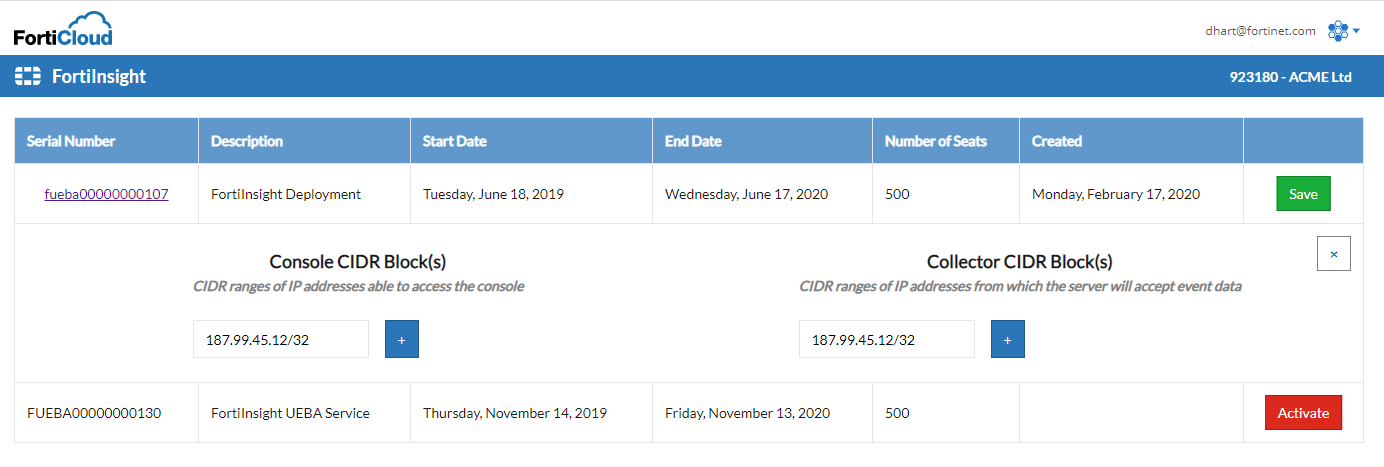
- FORTINET SUPPORT PORTAL LOGIN ZIP FILE
- FORTINET SUPPORT PORTAL LOGIN UPGRADE
- FORTINET SUPPORT PORTAL LOGIN SOFTWARE
- FORTINET SUPPORT PORTAL LOGIN DOWNLOAD
The only lines that cannot be altered are the login communication process between the controller and the RADIUS server in the file loginformWebAuth.html. Possible edits include changing logos, text, and formatting. To replace the second graphic (the mountain), look for the line that reads: src=”Images.vpn/img_aboutmeru.jpg” width=326 border=0>Ĭhange the text “Images.vpn/img_aboutmeru.jpg” to “/your_image2.gif” (Note that you are specifying a new directory for the. To replace the first Fortinet logo graphic, look for the line that reads: src=”Images.vpn/img_merulogo.gif” width=133 border=0>Ĭhange the text “Images.vpn/img_merulogo.gif” to “/your_image.gif” (Note that you are specifying a new directory for the.
FORTINET SUPPORT PORTAL LOGIN ZIP FILE
A zip file called is downloaded to your computer. Click Maintenance > Captive Portal > Customization > Get Files.
FORTINET SUPPORT PORTAL LOGIN DOWNLOAD
The easiest way to create your own set of custom pages is to download Fortinet default files and use the two customizable ones (Login page and Success page) as templates, giving the two altered HTML pages new names. Here are the locations for the custom web portal files: This is also how and why any pages that you do not customize will use default HTML files. It also means that you can share a file such as a CSS file used for both CP1 and CP2 custom pages. This makes it imperative that you use unique names for all custom files. (RADIUS or Local) with up to 300 local users (the users can be different for each custom portal).Īll Custom Portal pages (HTML, CSS, JS, and graphics) for the default pages and up to four sets of Custom Portal 2 pages that you create are all located in the same folder. If you create multiple custom files, they must both use the same authentication

The remaining four HTML pages are always the default pages. Each set has 6 files, but you can only create customized pages for the main login page and the authentication successful page. If you do want to create custom HTML pages, you can create up to four sets of Captive Portal custom login pages these are referred to as Captive Portal 1 through 4. You do not need to do this if you plan to use all of the default Captive Portal pages provided by Fortinet Networks (see login example in Figure 57 on page 282). If you want to create custom Captive Portal login and success pages with your own logos and credentials, complete the directions in this section.
FORTINET SUPPORT PORTAL LOGIN UPGRADE
Repeat as necessary as defined by the Upgrade Path Tool.Optionally Customize and Use Your Own HTML Pages Upload the target firmware file under "Upload Firmware > Browse" and then click "Backup config and upgrade”. Log in to the FortiGate GUI with Super-Admin privilege and go to System > Firmware. Log in to the Fortinet Support Portal and go to Download > Firmware Images and download the listed firmware versions from the Upgrade Path Tool. Go to the Fortinet Upgrade Path Tool and select the platform that is being upgraded, the current FortiOS version, and the desired FortiOS version, and then click "Go". If the firmware listed in the FortiGate is not supported based on the Product Life Cycle page, this is a finding. Log in to the FortiGate with Super-Admin privilege in the GUI and review the Dashboard > Status > System Information widget for Firmware version.
FORTINET SUPPORT PORTAL LOGIN SOFTWARE
Log in to the Fortinet Support Portal and review the Product Life Cycle Software "End of Support Date". Network devices running an unsupported operating system lack current security fixes required to mitigate the risks associated with recent vulnerabilities.įortinet FortiGate Firewall NDM Security Technical Implementation Guideĭetails Check Text ( C-37378r611766_chk )


 0 kommentar(er)
0 kommentar(er)
